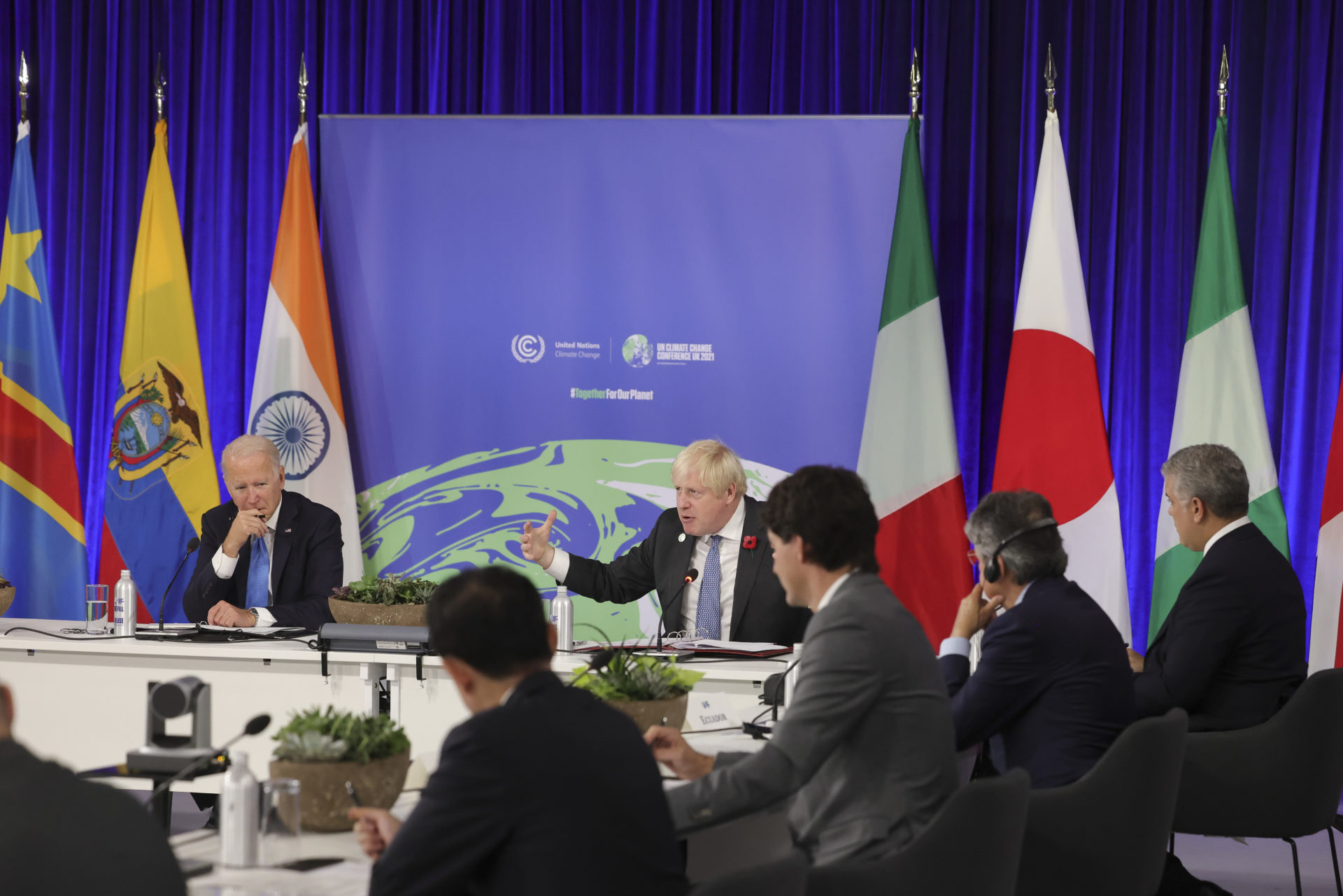COP26 Doesn’t Mention the Elephant in the Room
Written by Natalie Widel | Published: November 9, 2021
The 26th United Nations Climate Change Conference of the Parties (COP26 for short) is underway in Glasgow, Scotland. The purpose of this year’s conference is to hash out the details of the landmark 2015 Paris agreement. Scientists have been sounding the alarm on climate change for decades—and now are pointing out that we’re rapidly running out of time to stave off catastrophic warming of our planet. It isn’t a stretch to say that the stakes of COP26 are therefore unnervingly high.
The conference began on October 31st, and world leaders left on Wednesday, November 3rd, having outlined what their own nations are doing to combat climate change, and recommitting (or expanding upon) the promises made in 2015. Now, delegations from the nearly 200 nations represented at the summit are negotiating the details of an agreement that world leaders will sign at the end of the conference.
Most nations are doing too little, too slowly
The purported goal reached as part of the 2015 Paris Agreement is to stay “well below” 2 degrees Celsius of warming, and if possible, to stop at 1.5 degrees Celsius. These numbers represent agreed upon thresholds for warming—once they’re crossed, incidences of extreme weather events, degradation of ecosystems, and the attendant effects on humanity increase substantially. This year alone, we saw deadly flooding, intense heat, and catastrophic fires taking place all over the globe. Climate change, and its most dire implications, is becoming a fact of life for nearly everyone on the planet.
However, current pledges to slow emissions are falling short of what’s needed to slow warming quickly enough—nor are most nations on track to even meet the meager commitments made in 2015. A reluctance to phase out fossil fuels rapidly is a major issue for the majority of attendees, including top emitters China and the United States. After a brief dip in global emissions due to the Covid-19 pandemic in 2020, a reliance on cheap easy fuels (coal and gas) caused a spike in emissions in 2021 as the world’s economies worked to rebound from the pandemic shutdowns. Indeed, the world’s 20 biggest economies devoted substantially more funding to fossil fuels than they did renewable energy since the Covid-19 pandemic.
Rapid population growth makes adaptation harder
Additionally, economic assistance to the world’s most vulnerable countries—that bear little responsibility for the current state of the climate, but are already suffering the worst consequences—is also falling woefully short. This includes, of course, public health funding for family planning services. Population is nearly never mentioned in public discussions over climate change mitigation and adaptation, but slowing global population growth is critical to helping vulnerable communities cope with lower crop yields, severe droughts, weather disasters, and more. We know that 218 million women in the developing world want to choose when or whether to have children, but have an unmet need for contraceptives. Project Drawdown notes that “addressing population—how many feet are leaving their tracks—remains controversial despite widespread agreement that greater numbers place more strain on the planet.”
It is critical to refrain from classist and racist assertions about limiting population growth in low-income countries—the decision of when or whether to have children, and how many children to have, is a fundamental human right that concern for climate change should not impinge upon. However, it is vitally important to recognize that educating girls and women, and ensuring universal access to family planning methods, helps provide communities with the resilience needed to survive future disasters. It also gives them the capacity to contribute to initiatives that lower emissions and preserve their local biodiversity. In this capacity, upholding human rights and ensuring gender equality has positive ripple effects for the future of our planet.
While there’s been no official mention of population issues during COP26 thus far, it’s undeniable that population pressures lie beneath the climate challenges the world faces. The conference ends on November 12th, at which point we’ll be able to see what sort of agreement negotiators hammered out. It’s critical that population challenges—best tackled by educating and empowering women and girls—be part of the solution for staving off catastrophic warming.

